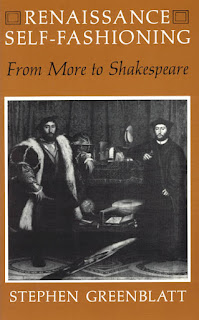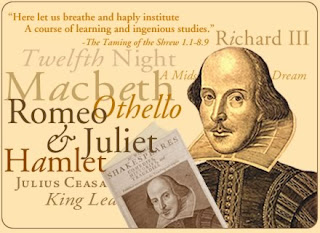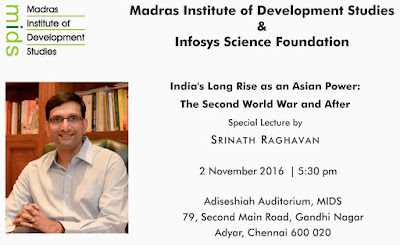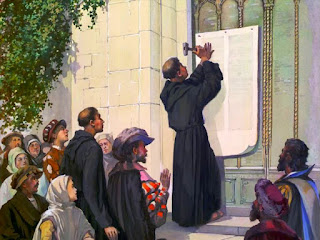New Historicism: A Critical Overview
Introduction
The term
‘New Historicism’ was first used by the critic, Stephen Greenblatt in the
introduction to a collection of Renaissance essays in Genre with
parallel reference to Michel Foucault’s term wirkliche Historie or
effective Historian.
 These terms
refer to a historian who talks about disunity and fragmentation, disruption and
reversal, rather than the unity favoured by traditional historians which is
often the unity of the historian’s own limited vision or even bias imposed on
the past events.
These terms
refer to a historian who talks about disunity and fragmentation, disruption and
reversal, rather than the unity favoured by traditional historians which is
often the unity of the historian’s own limited vision or even bias imposed on
the past events.
New Historicism as Cultural Poetics
The other
term that Greenblatt uses for New Historicism is Cultural Poetics. This term has general and specific meanings. The
general meaning can be best described by evoking Frederic Jameson’s claim that
historicism refers to “our relationship to the past and our possibility of
understanding the latter’s monuments, artifacts and traces”.
A New Relationship to the Literary Past
New
Historicism in literary studies promises a new relationship to the literary
past and specifically it refers to a particular brand of cultural poetics
associated with the works of Greenblatt, Louis A. Montrose, Hayden White,
Jonathan Goldberg, Stephen Orgel, Steven Mullaney, Jean Howard, Leonard
Tennenhouse, Frank Whigham, Don Wayne and others.
The Cultural Materialists
The same
trend of work was carried out by the British critics who called themselves ‘Cultural Materialists’ – a term
borrowed from the Marxist critic, Raymond Williams. They are Jonathan Dollimore,
Alan Sinfield, Catherine Belsey, Paul Brown, John Drakakis, Francis Barker,
Peter Hulme, Simon Shepherd, Thomas Healey, Kate McLuskie and others.
These two
groups of critics have a lot in common. They came from universities that were
not privileged but iconoclastic like California, Columbia, Sussex, Cardiff and
Essex. Their Leftist leanings are well-known with their Althusserian emphasis
on subversion than containment.


















